About this EV thing . . .
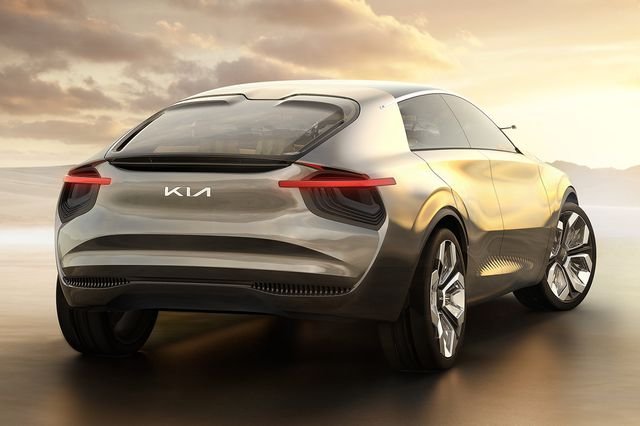
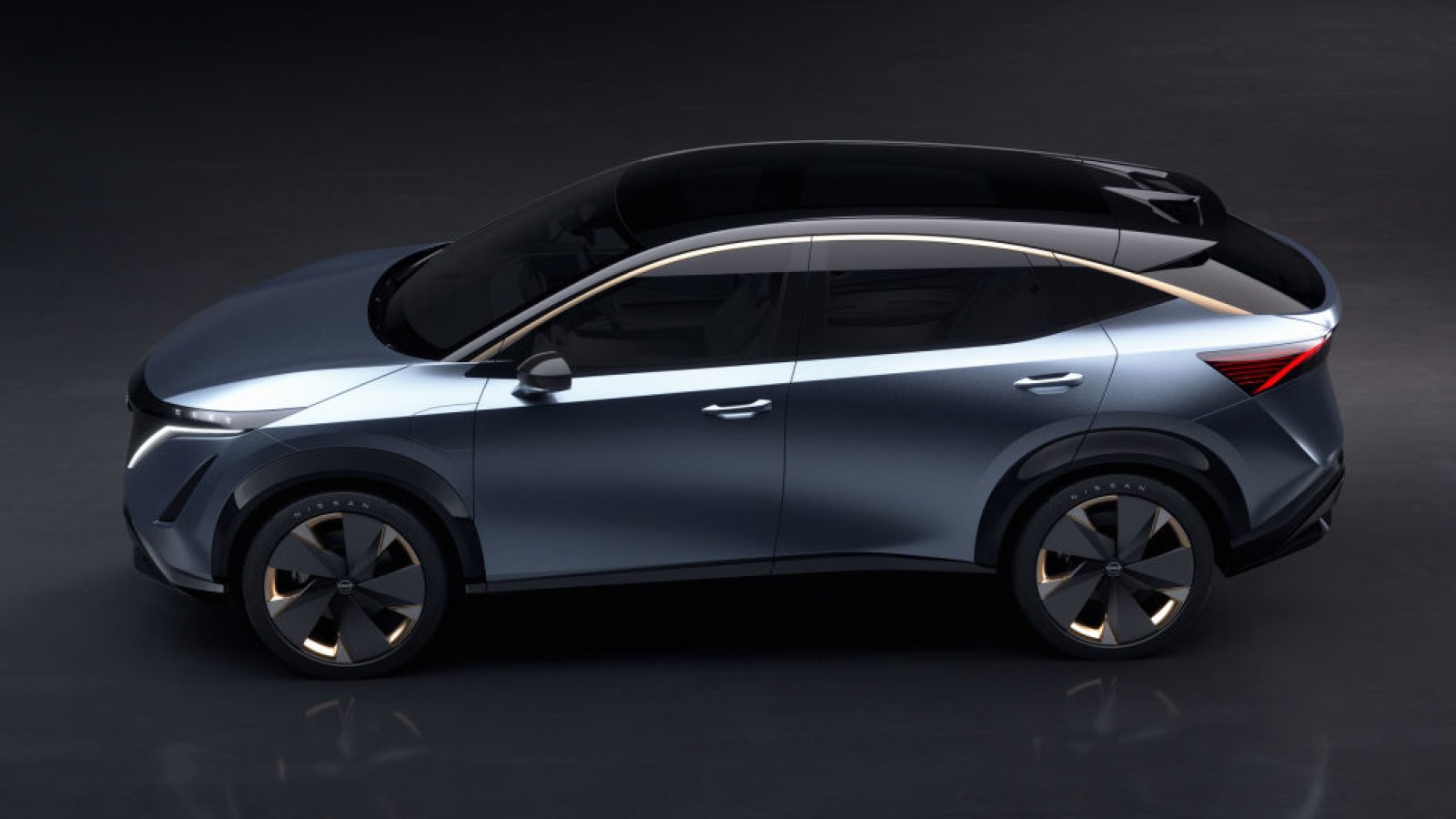
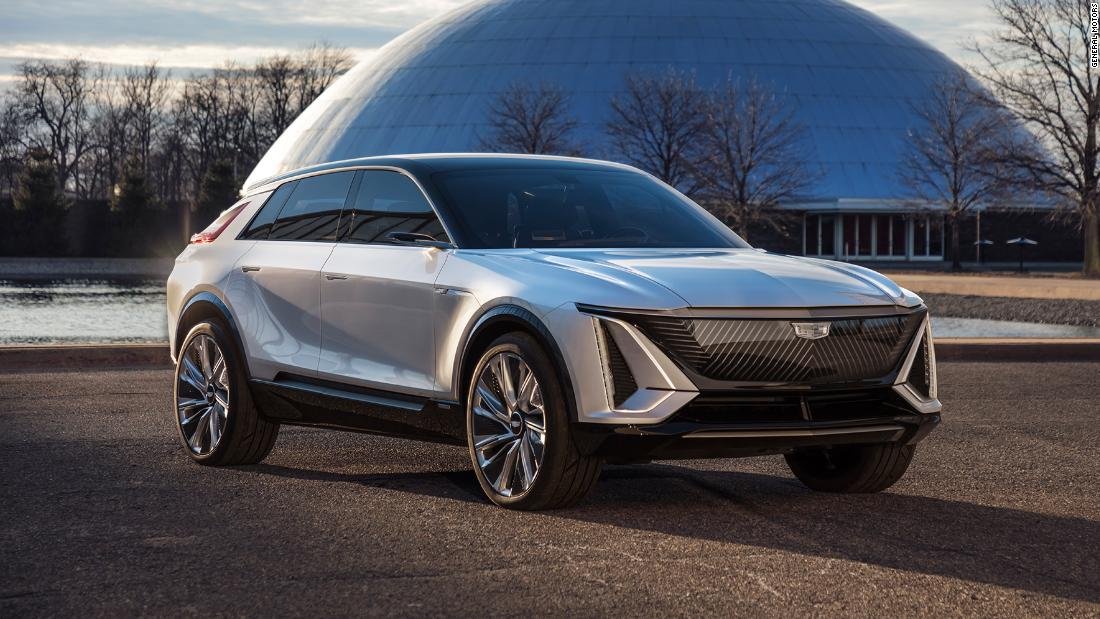
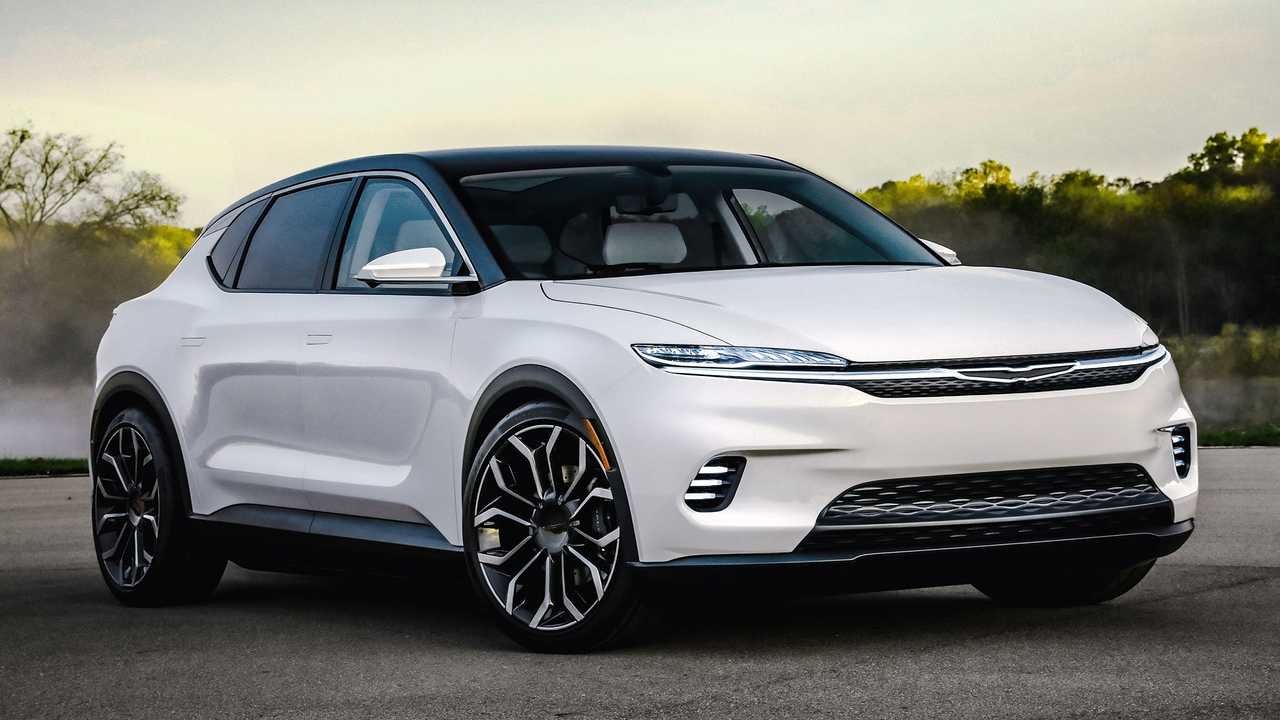
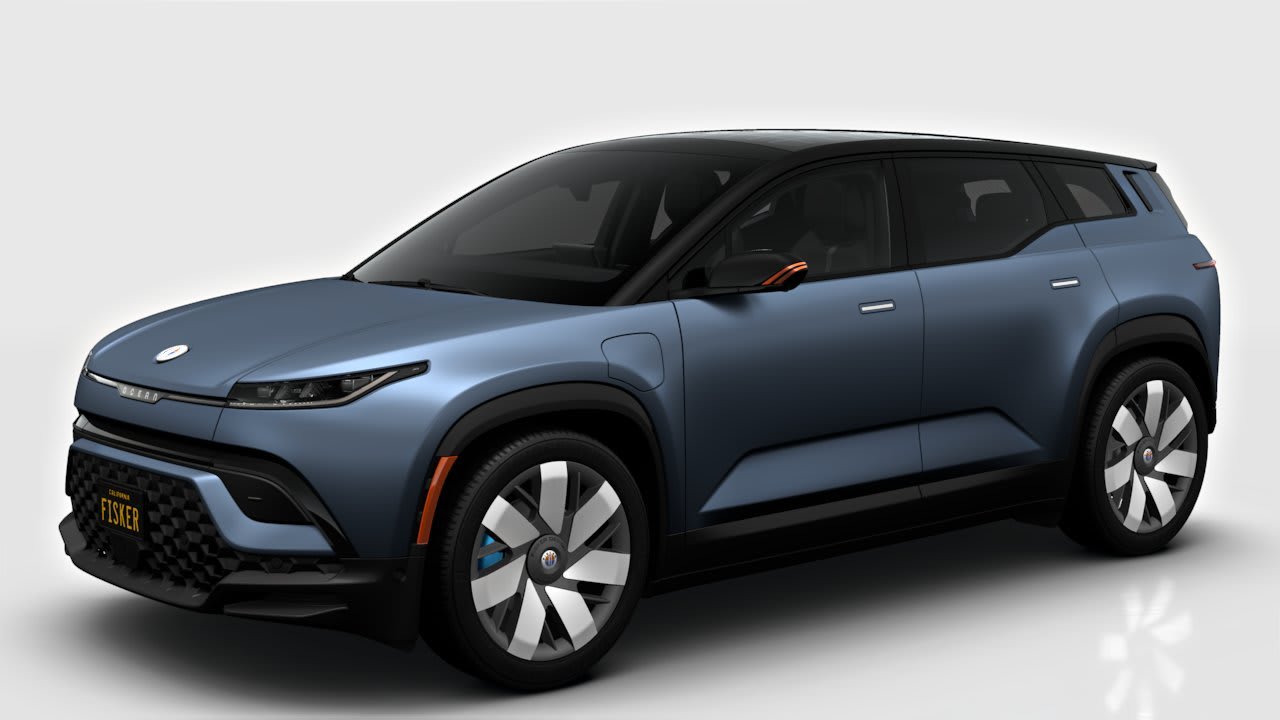

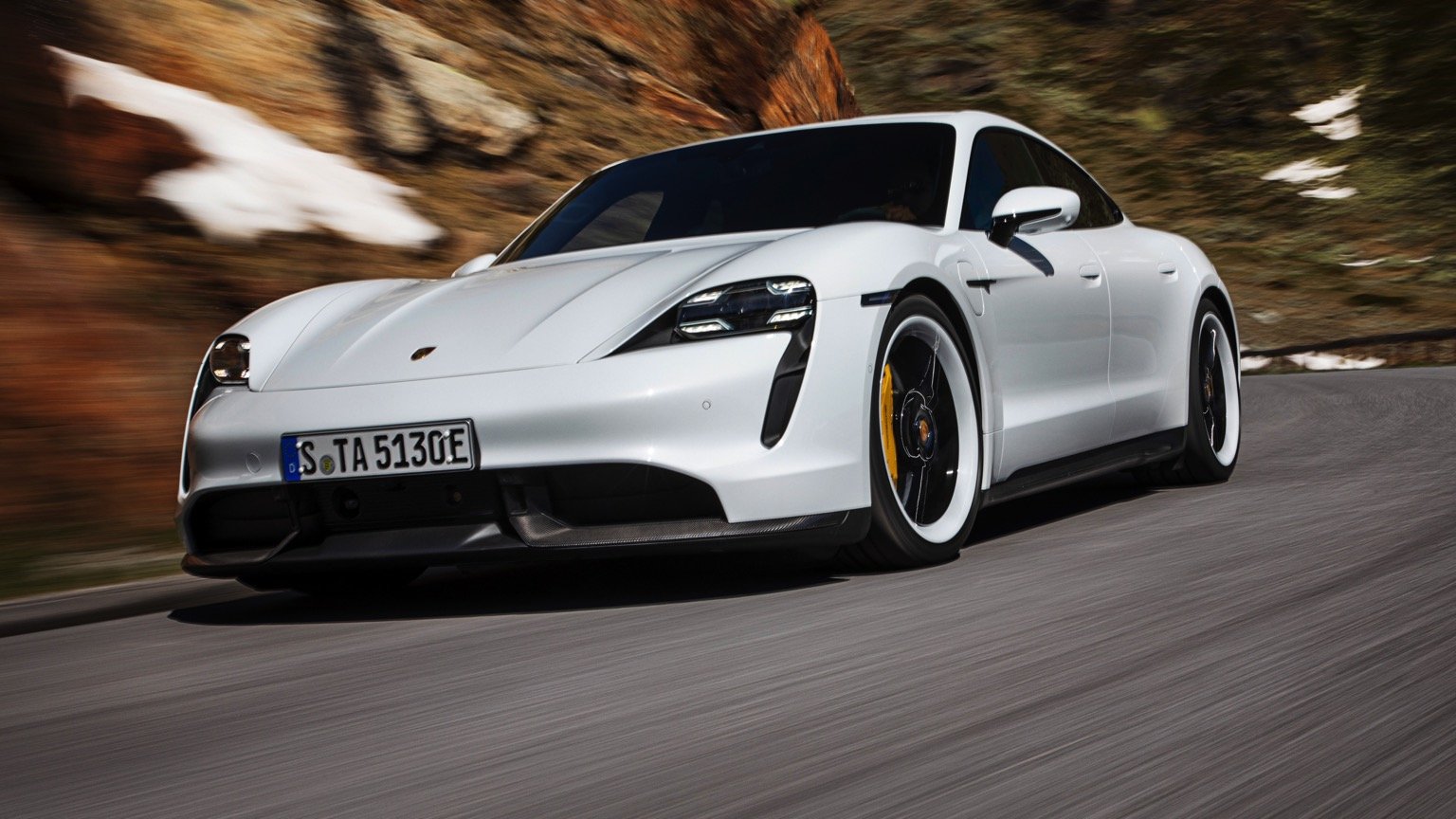


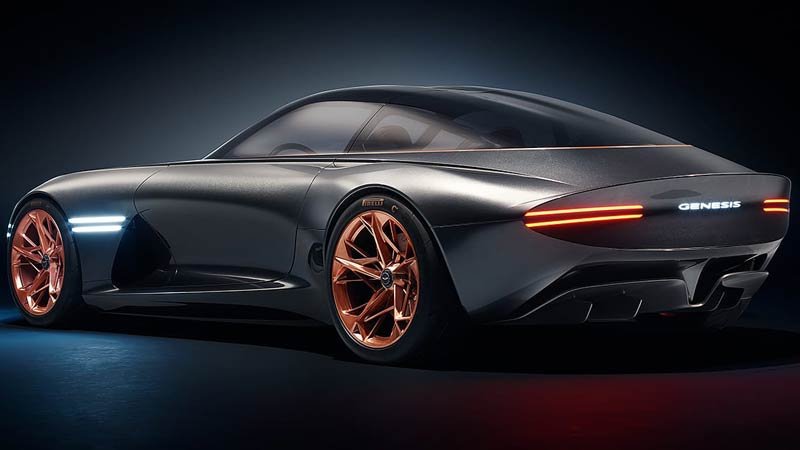
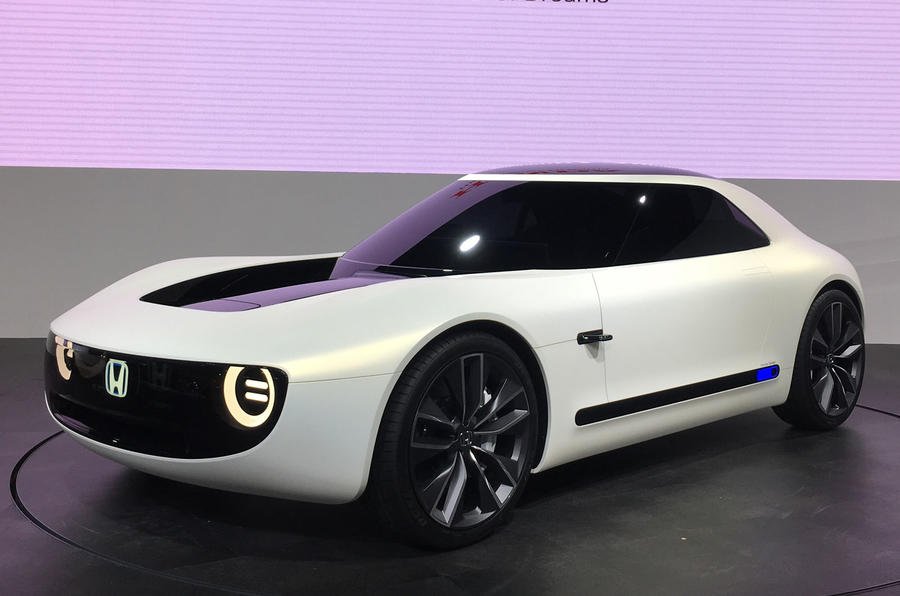
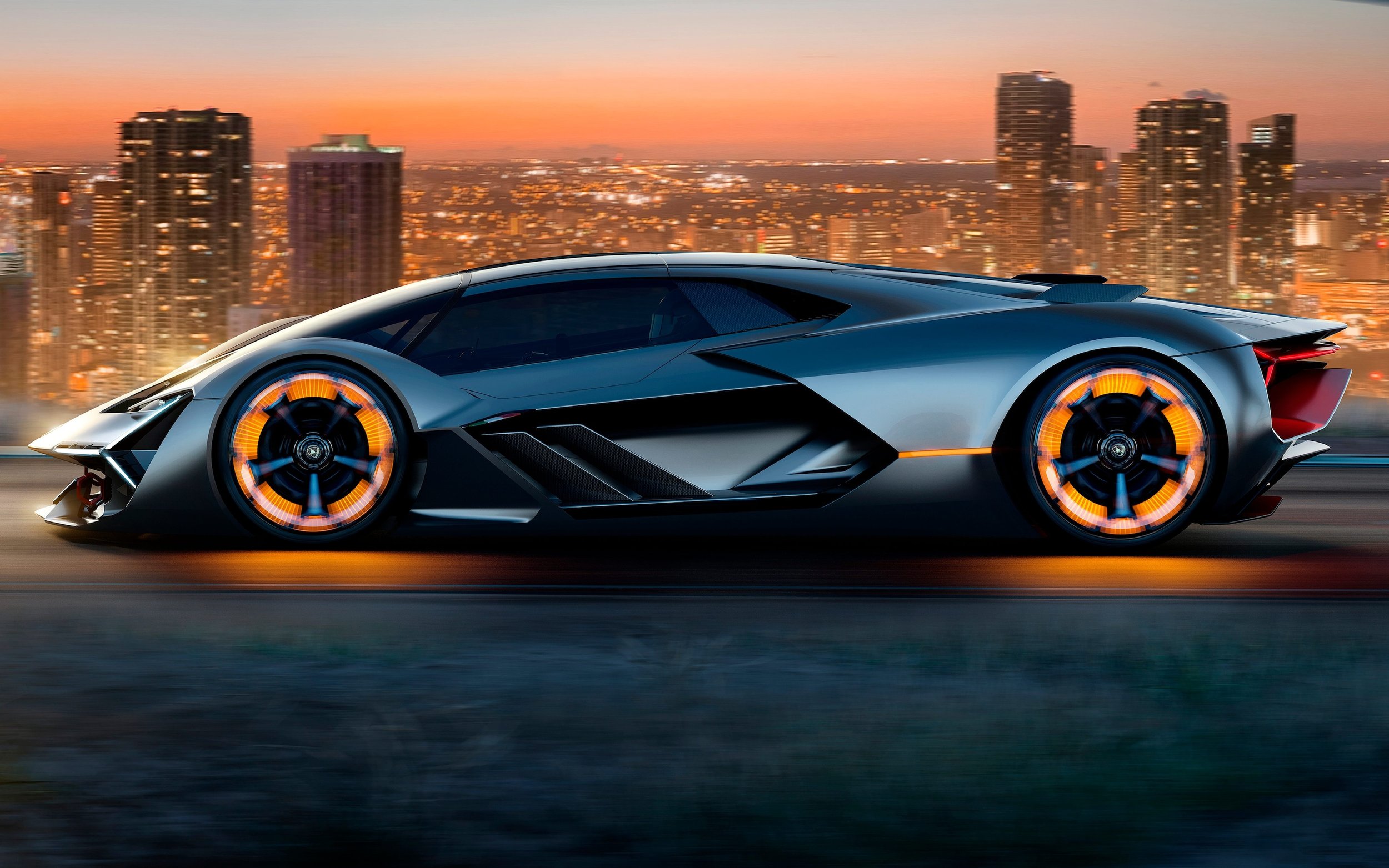
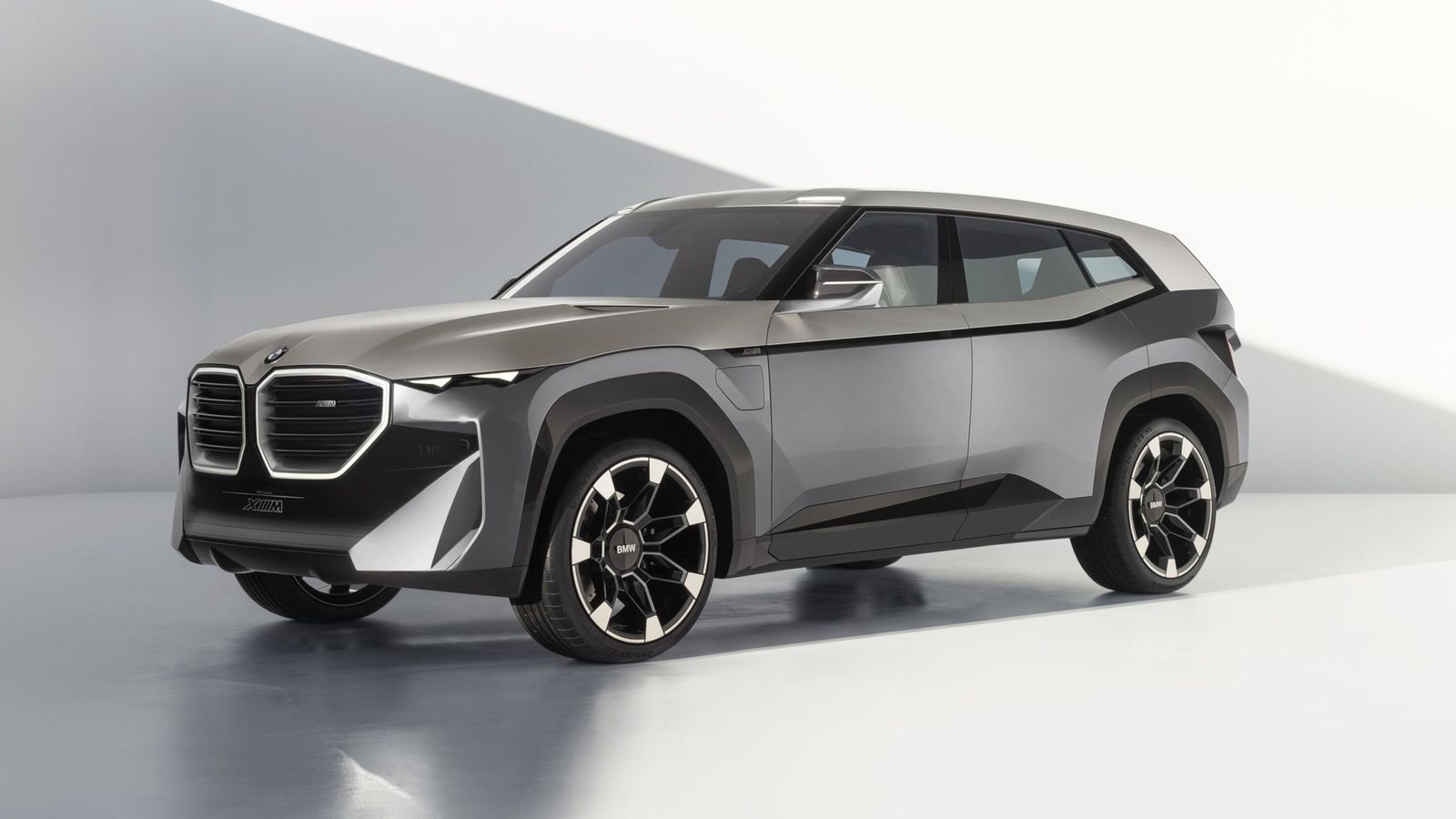
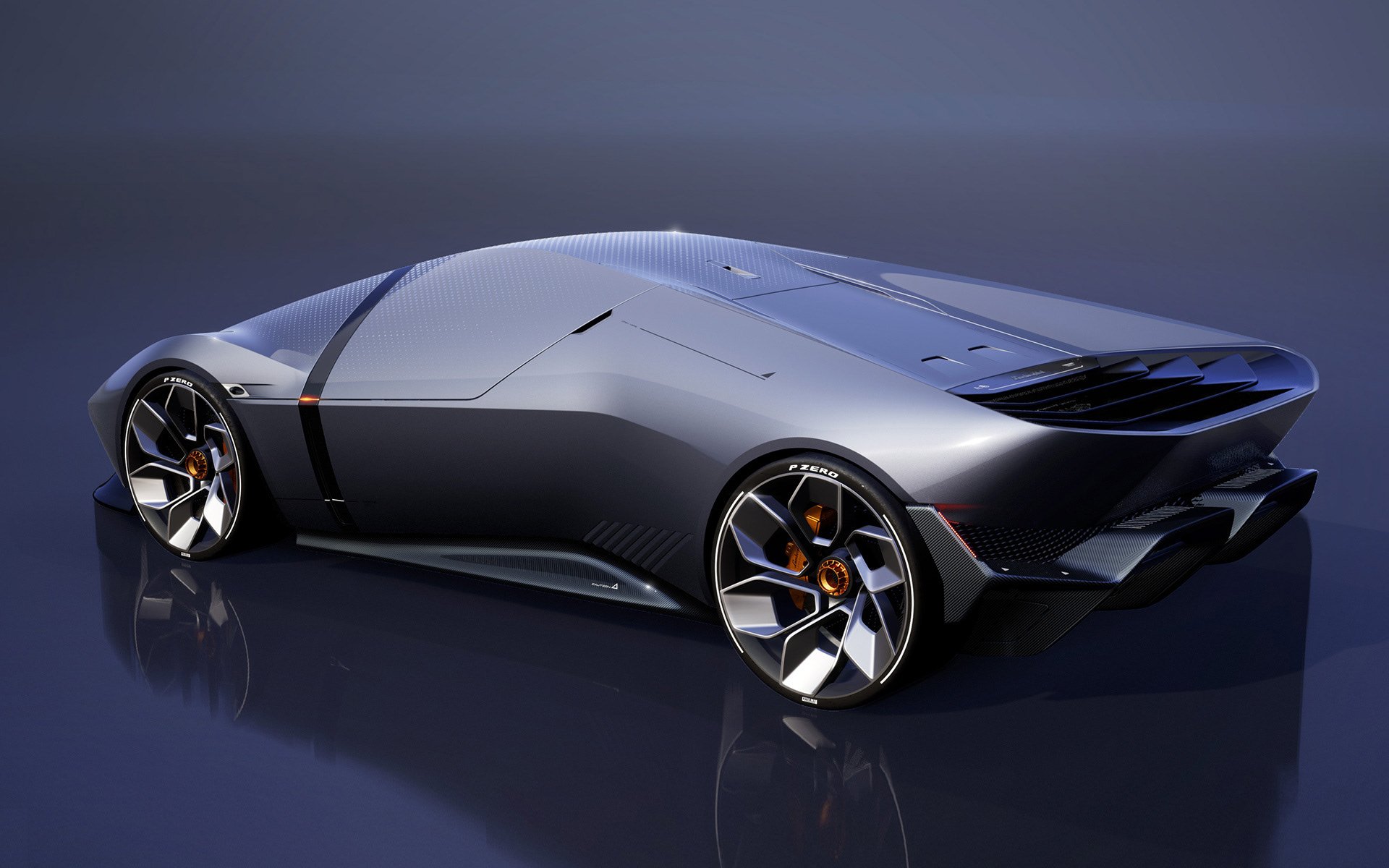
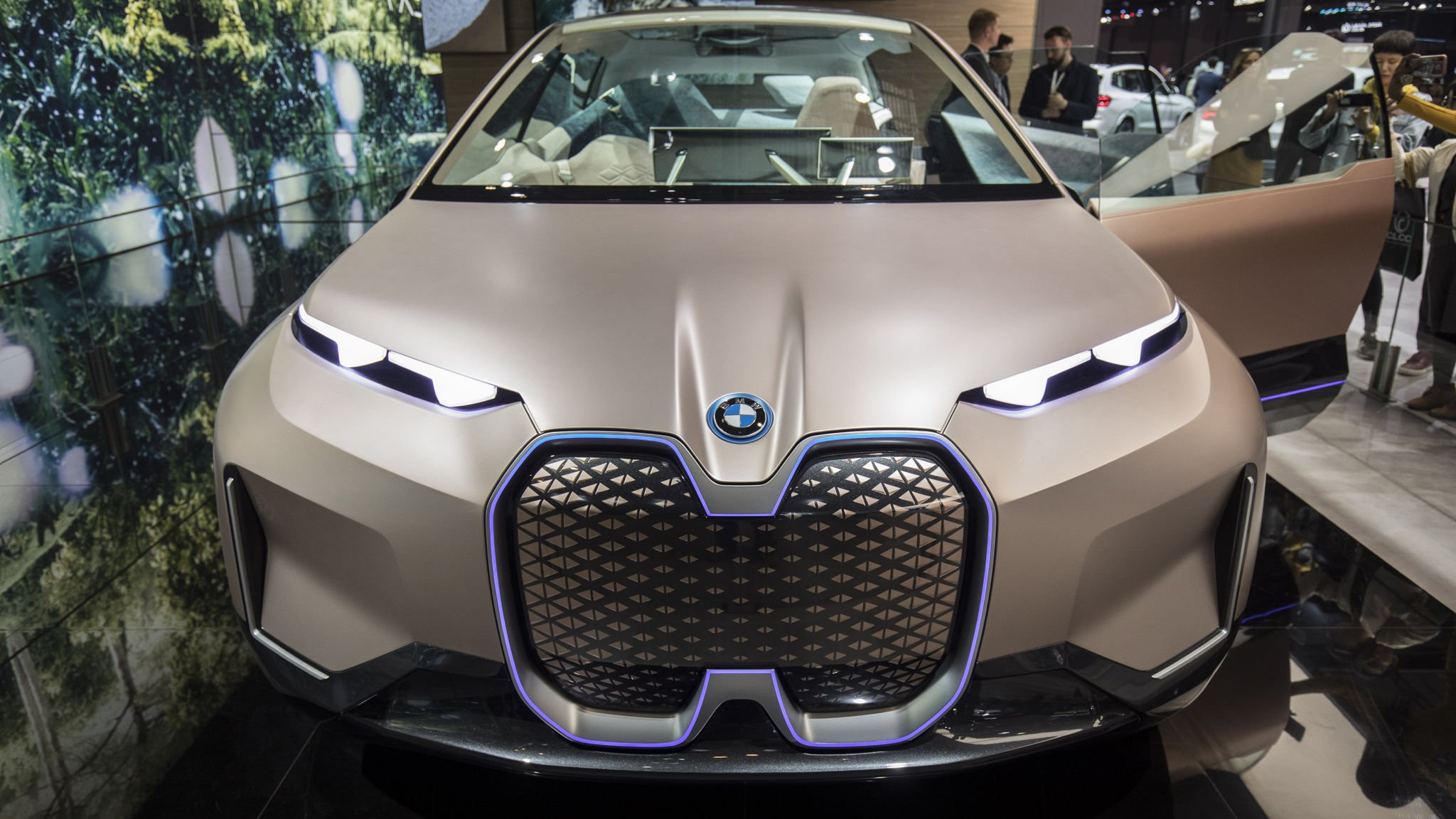



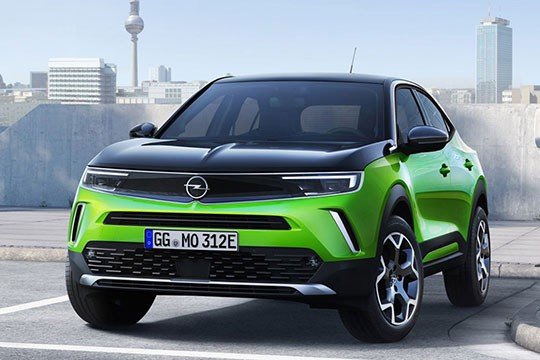

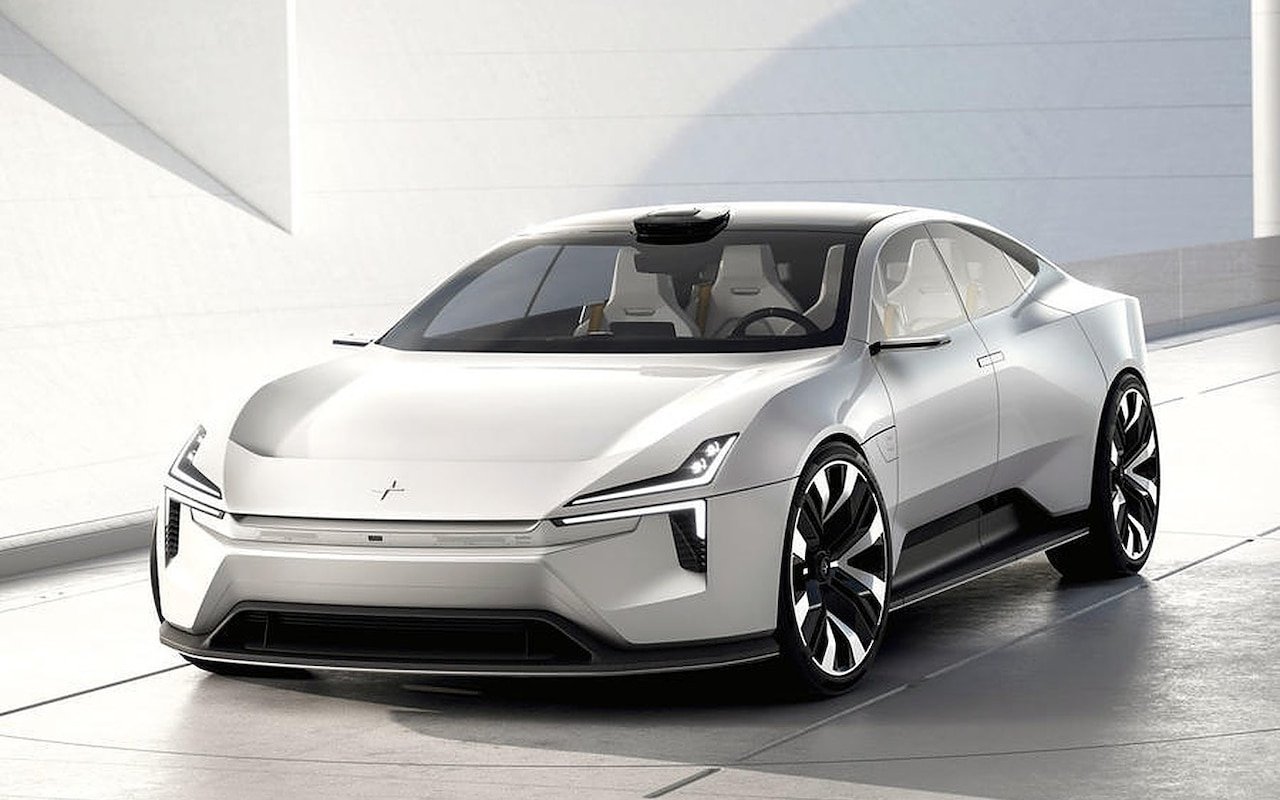

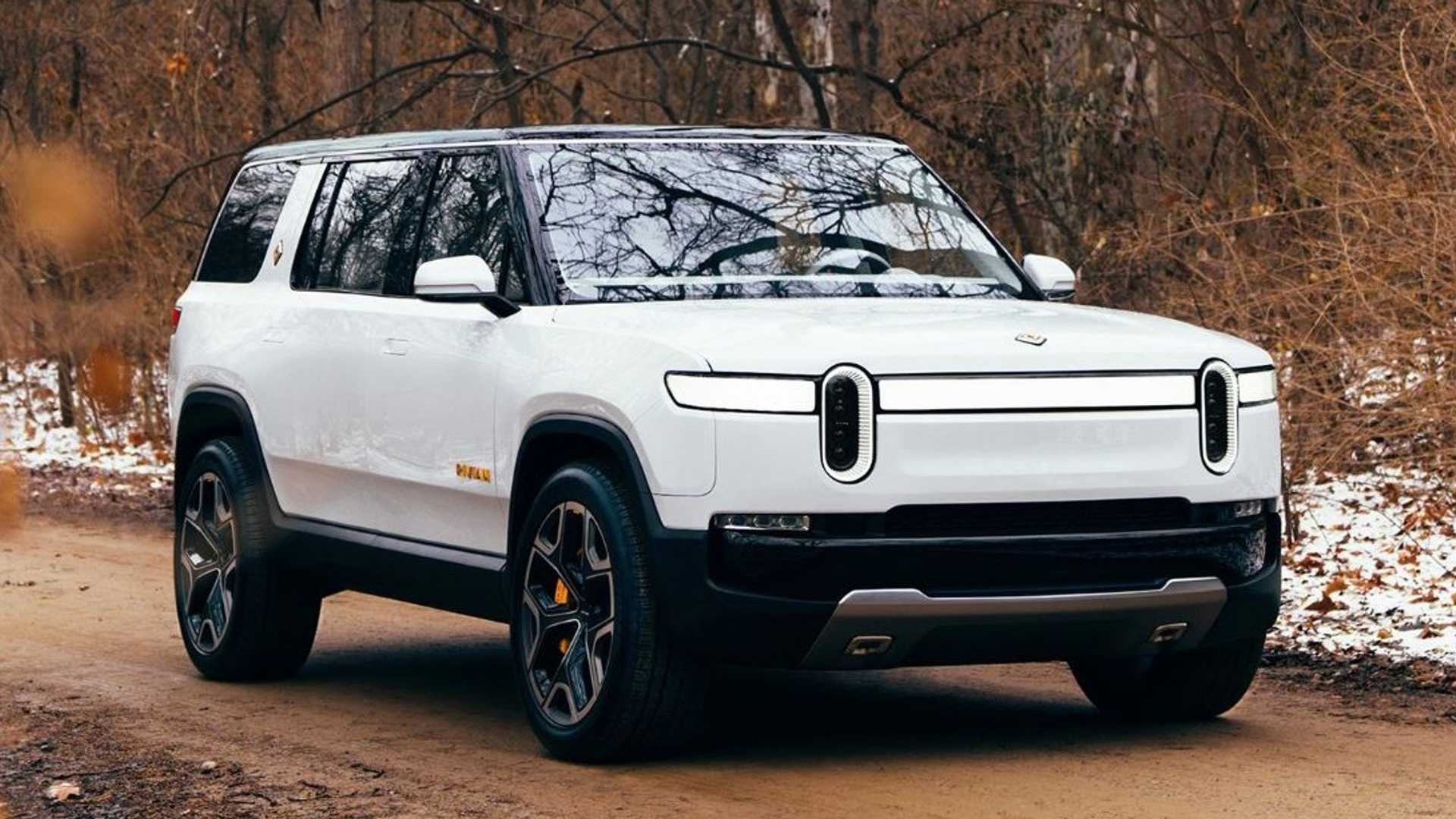


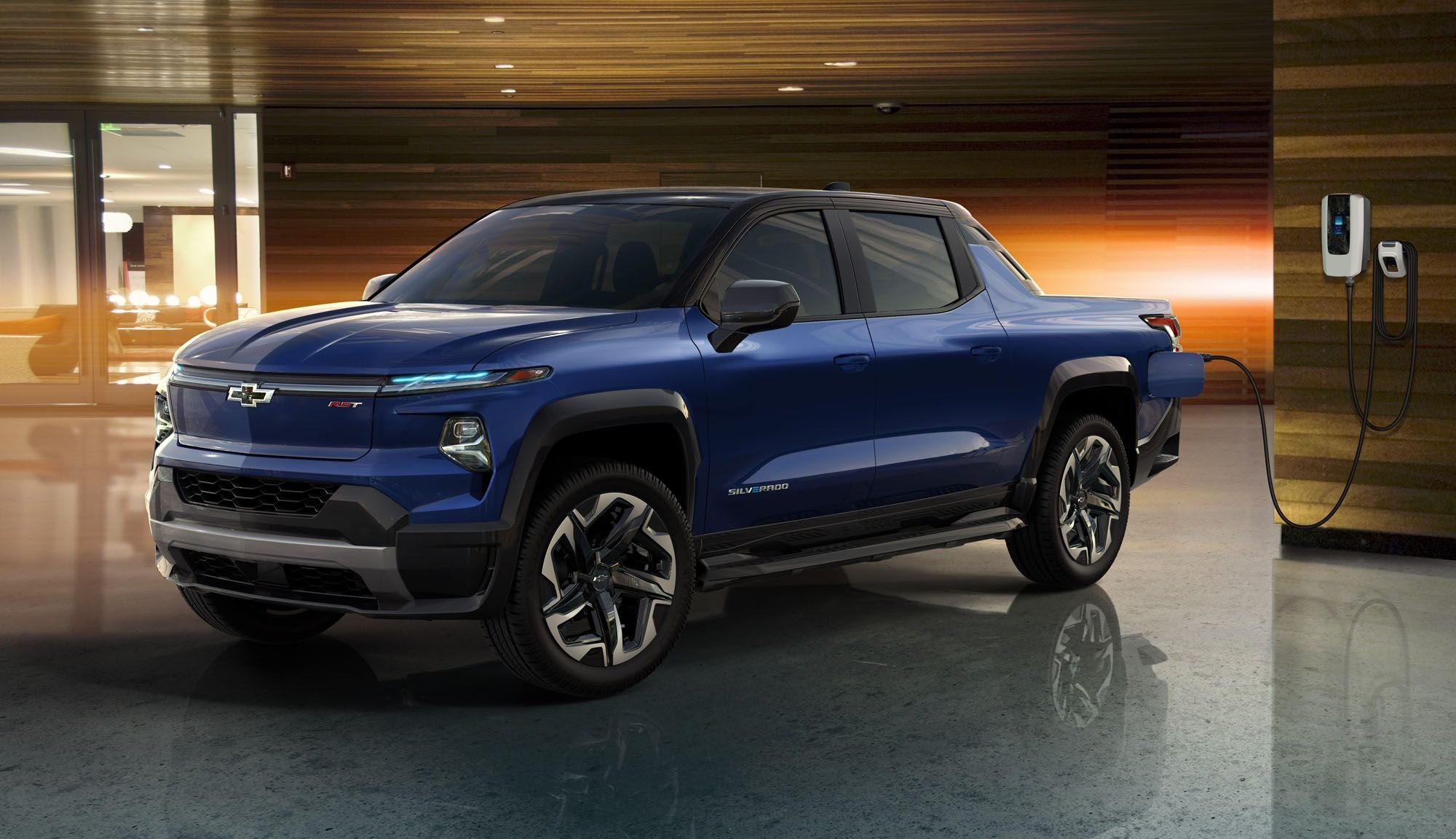


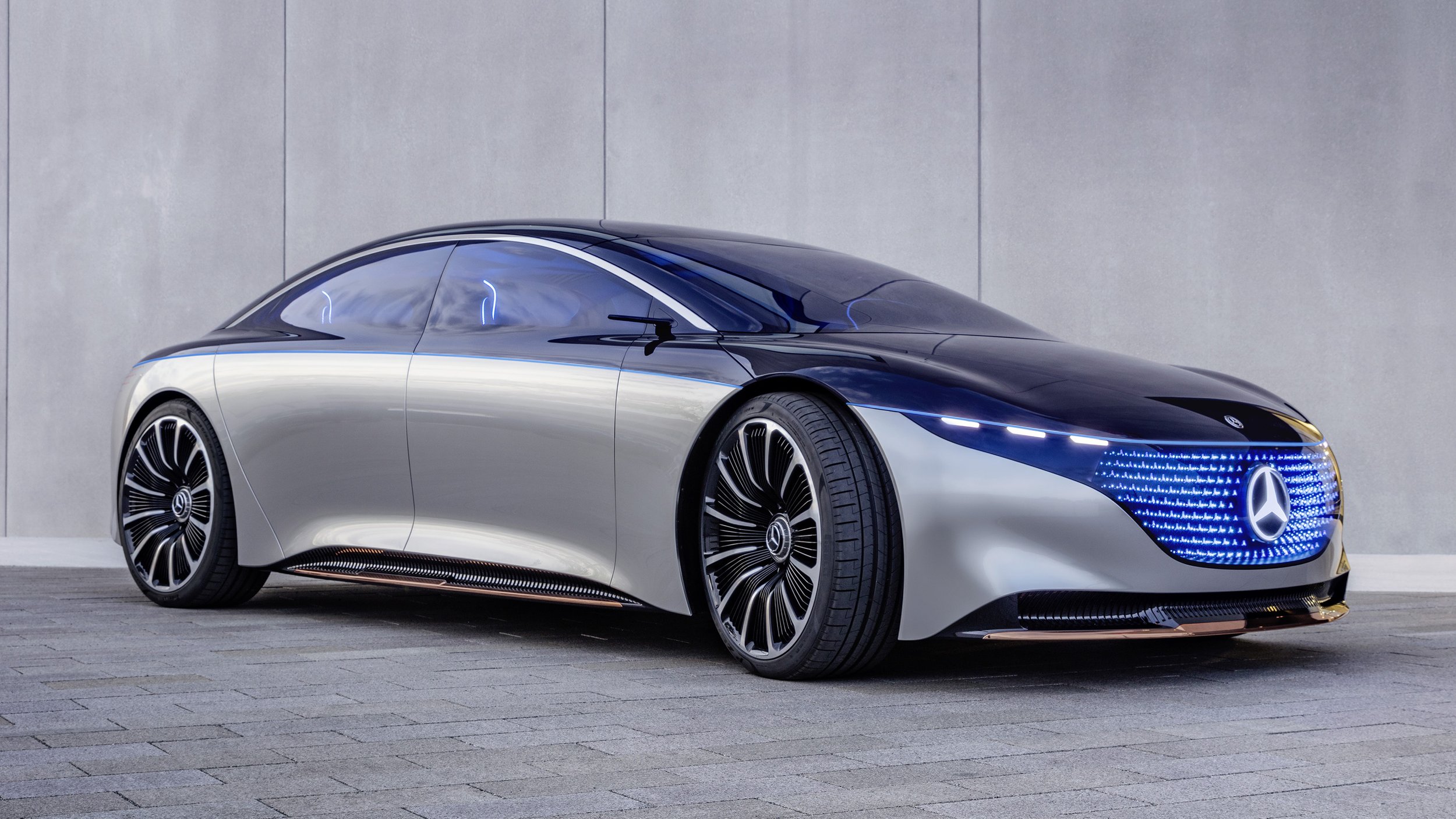
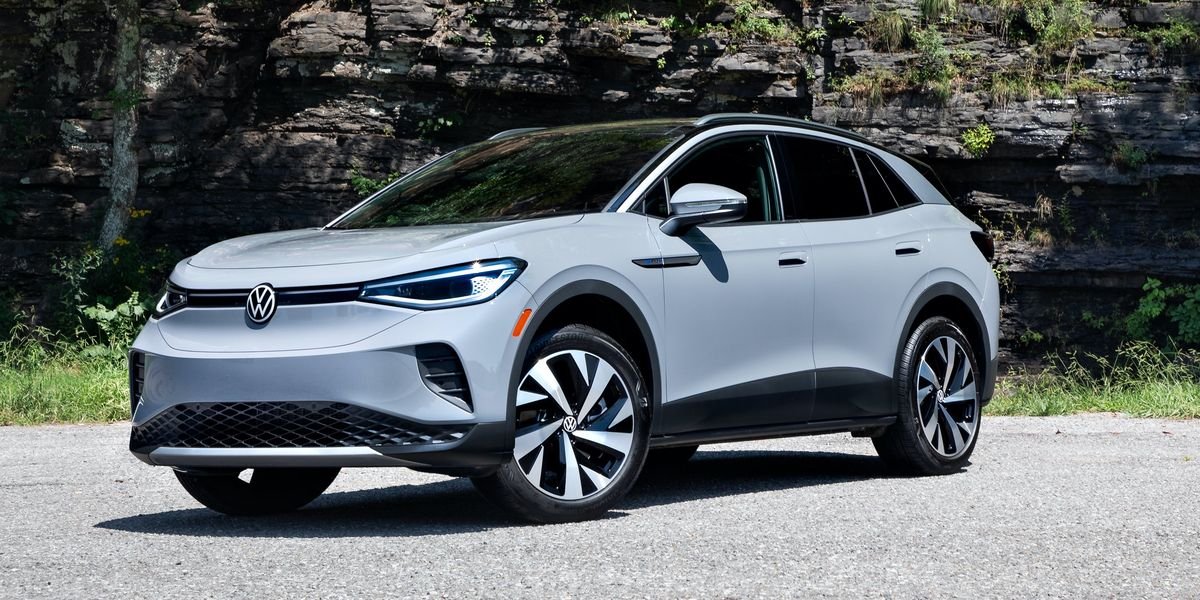

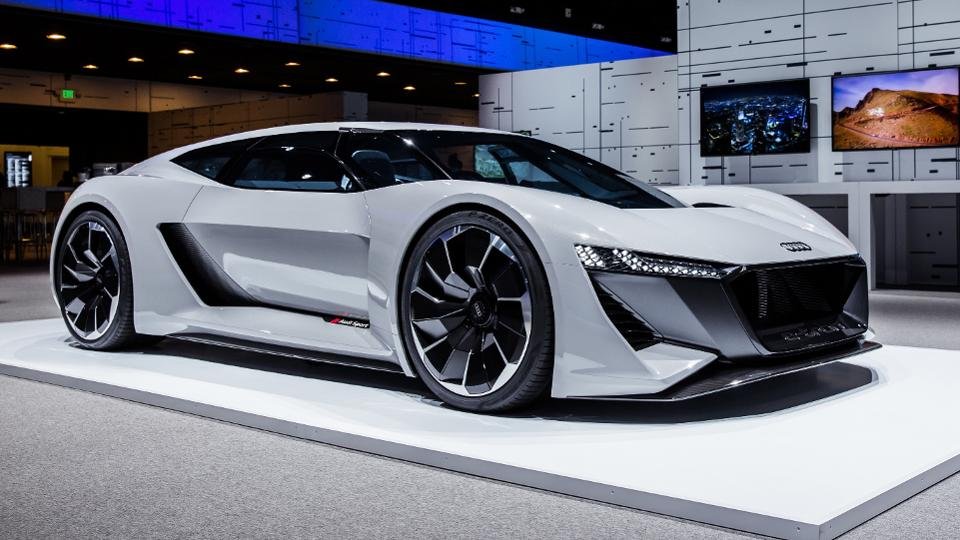
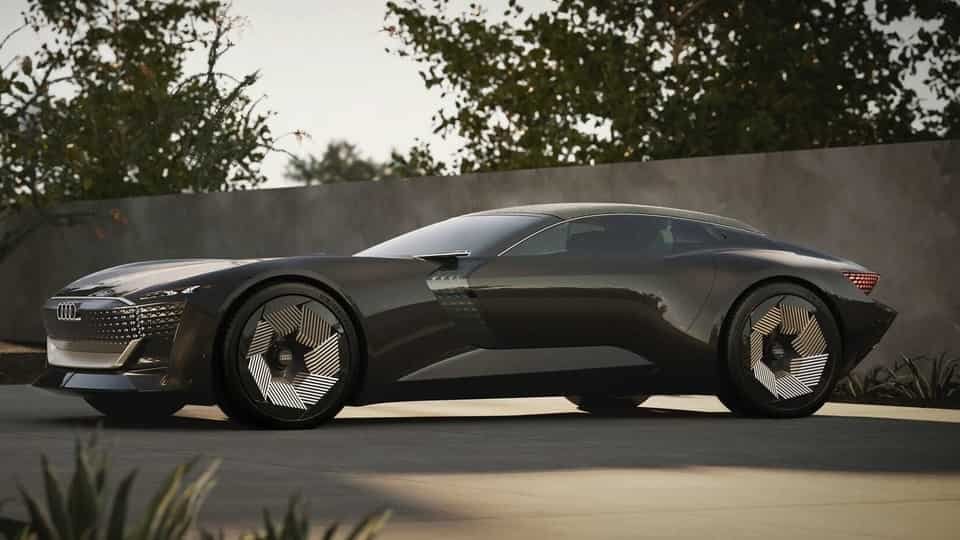
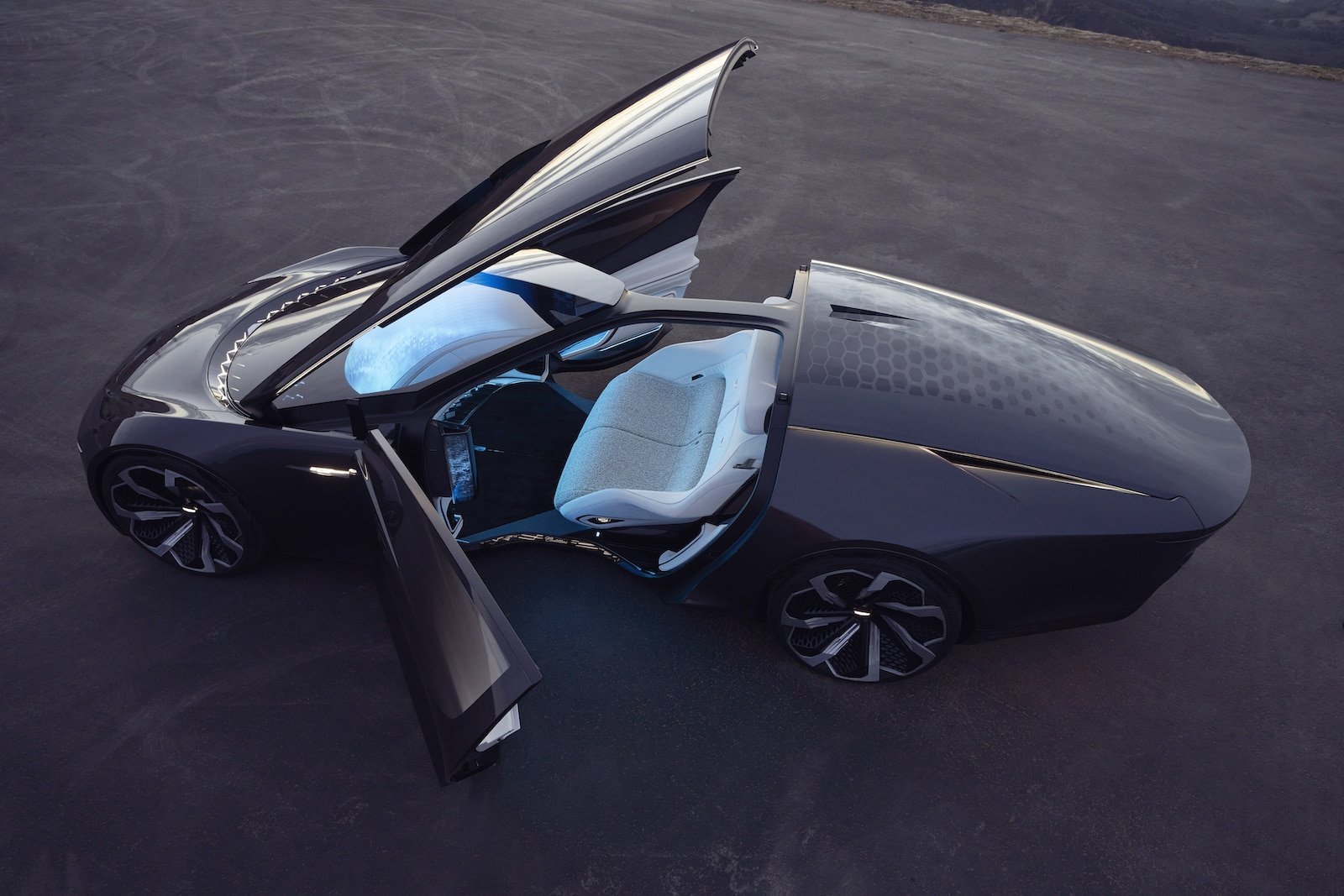
Curb your enthusiasm. The parade of cool, new EVs is unquestionably tantalizing and a turning point in automotive design (disappointingly so with the Mercedes EQ and BMW iX). That is the good news. But our headlong rush toward an electric future is fraught with ill-considered issues.
1. 2021 saw a 22% increase in coal-fired power generation* than the previous year. Are Americans, Germans, and Japanese ready to embrace a return to nuclear power, the only obvious solution to an exponential demand? Yeah, I thought not. Don’t expect much progress toward upstream greenhouse gasses, but we can count on a lot more virtue-signaling from manufacturers and buyers. *(eia.gov)
2. And there is this from FEMA: “Electric vehicle fires can be thousands of degrees hot. Applying water or foam may cause a violent flare-up as the water molecules separate into explosive hydrogen and oxygen gases.
“There are several common risks for first responders associated with electric vehicle fires:
• Electrical shock (up to 400 volts).
• Extremely high temperatures and thermal runaway.
• Toxic fumes.
• Lithium burns (respiratory and skin reactions).
• Toxic runoff.
• Reignition up to 24 hours after initial extinguishment.
“Many companies are meeting first responders’ need with exotic chemical agents that encapsulate the burning material. But what do those responders who don’t have immediate access to 3,000 gallons of water or expensive chemical agents do in the meantime?”
Fire departments everywhere will need to acquire expensive gear and training to prepare for the upcoming roadkill as EV drivers inevitably crash their expensive toys while enjoying in-car video games. To say nothing of the added safety risk that confronts first-responders.
3. The race to the energy-intensive extraction of lithium and other precious metals will result in a whole different dimension of environmental damage. Toxic runoff from lithium mines in China has already wreaked havoc on rivers and groundwater. In Chile’s Solar de Atacama desert, extracting lithium consumes 65 percent of the region’s water supply by using 500,000 gallons of water per ton of lithium.
4. Recycling batteries at the end of a car’s life cycle is a dirty, toxic affair and prohibitively expensive. An economic model for battery recycling remains elusive. China and the European Union are working on recycling mandates, efforts complicated by the lack of battery chemistry and construction standardization. The U.S. lags far behind on addressing this inevitable question. (Perhaps expired batteries can get buried with nuclear waste alongside Nevada’s Giga factory. The Boring Project could discover a new purpose. Get Elon on it.)
5. Some unknowns include depreciation and resale value. With constant advances in charge times, range, autonomy, and other innovations, EVs are analogous to mobile phones. Most consumers don’t opt for third-gen iPhones, nor will they clamor for technically obsolete EVs. Especially since batteries—like those in our mobile devices—degrade and lose capacity to hold a charge. The estimated life of a typical lithium-ion battery is 300 to 500 charge cycles if allowed to discharge each time fully. Babying it by consistent topping off will extend battery life, but at some point, unlike a well-maintained ICE vehicle, the whole thing must be scrapped. What are the implications for the used auto market?
Meanwhile, here in my progressive enclave of Newton, Massachusetts, Teslas are more common than Camrys. The non-winter months bring a cacophony of shrill leaf-blowers—manned by low-wage immigrants, shuffling detritus from lawns to the streets, spewing unregulated pungent carbon emissions with abandon. According to California state air quality officials, leaf blowers, lawn mowers, and other small gas engines create more ozone pollution than all (ICE) passenger cars in that state. Somehow the irony is lost on Musketeers.

